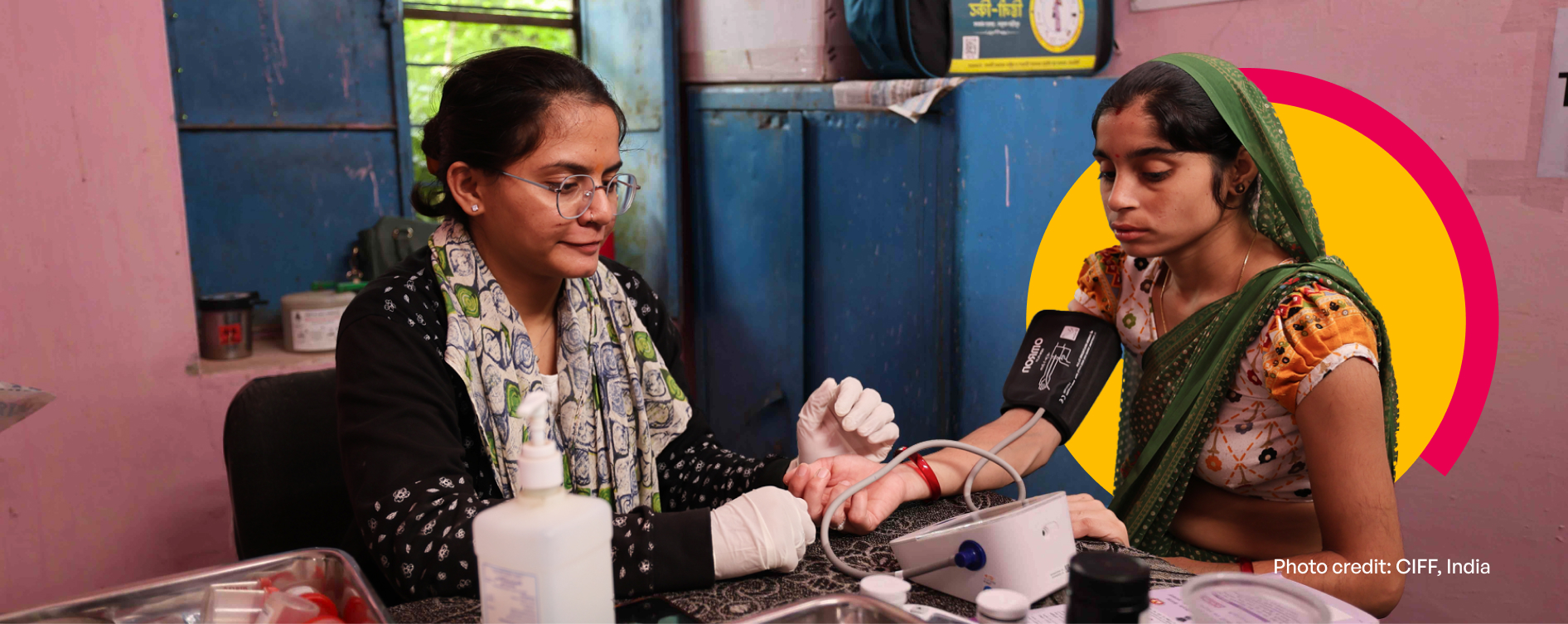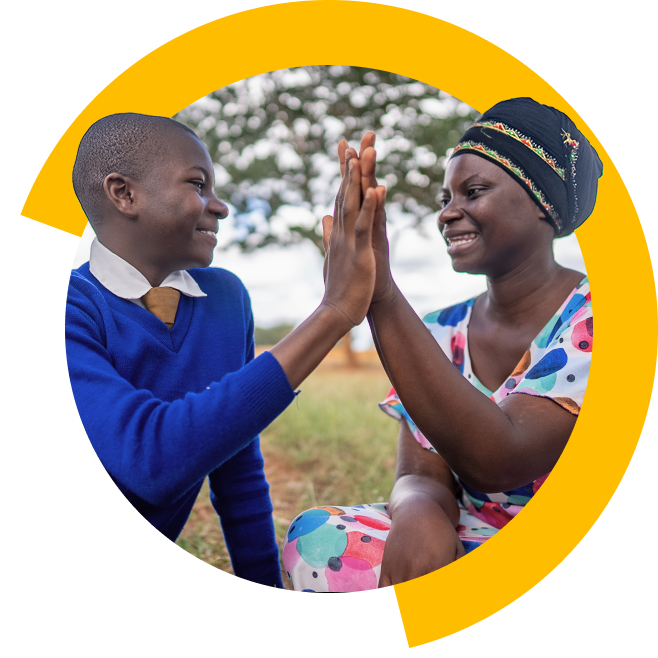
Viksit Bharat focuses on transformative growth across the economy, infrastructure, healthcare and education. The plan emphasises evidence-based interventions and measurable outcomes through coordinated action between government, civil society and private sector partners.
CIFF is partnering with both national and state governments to advance India’s vision of Viksit Bharat.
In 2024, several of our long-standing programmes delivered with our partners achieved remarkable results, which, if scaled up nationwide, have the potential to make a significant impact on India's growth and development.
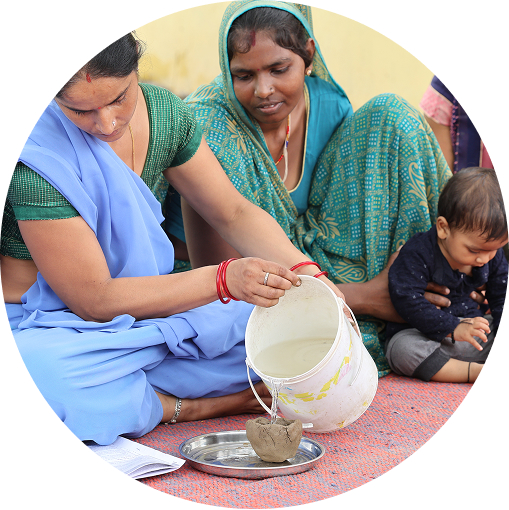
CIFF working in partnership with governments, civil society organisations and the private sector to further has contributed to advancing India's education and skilling priorities to ensure positive outcomes for all.
Building essential life skills, the Life Skills Collaborative (LSC) – a practitioner-led initiative of 18 organisations – created pathways for development of India’s youth. Featured in the government of India’s latest economic survey, LSC provided governments and nonprofits with India’s first life skills glossary which included contextual definitions of life skills, assessment frameworks and insights from young people, parents and teachers across states, ultimately reaching 30 million people.
Listen to Mamta Gurjar talk about how she broke barriers and began rewriting her future — thanks to the Rajasthan government-led Project Manzil, which equips girls with job-ready skills.
Beyond enrollment, Educate Girls focused on improving learning outcomes and ensuring that schoolgirls can read, write and solve maths problems confidently.
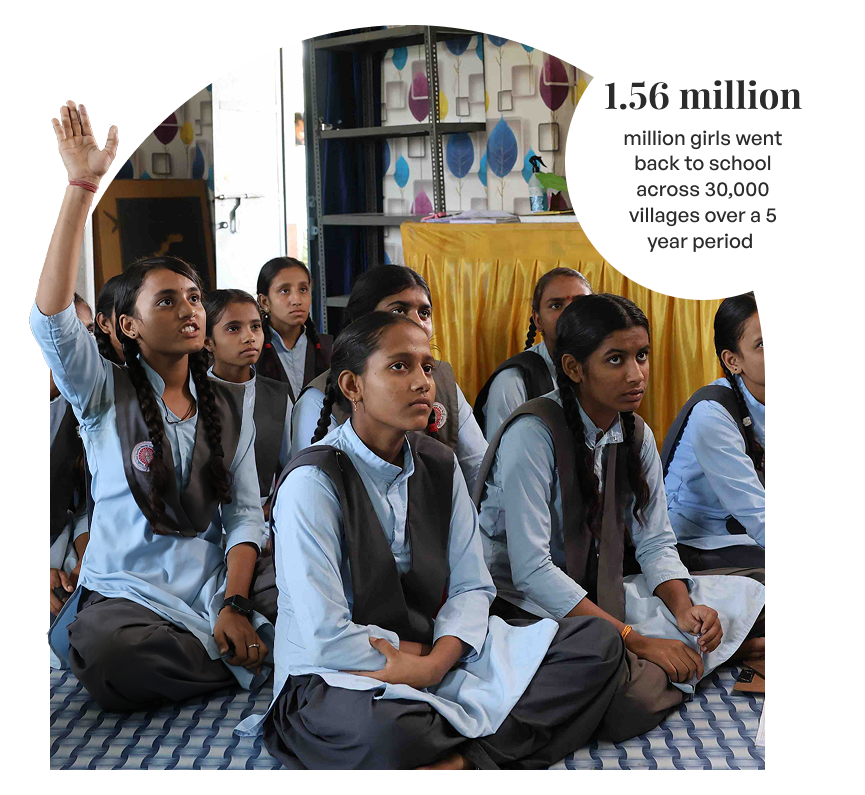
Photo credit: CIFF India
The Skill Impact Bond (SIB), led by the National Skill Development Corporation under the Ministry of Skill Development and Entrepreneurship, is the world’s largest impact bond on skilling, which aims to transform the skilling and employment landscape in India by focusing on job retention, particularly for women.
Since its launch in 2021, CIFF supported SIB as a one-of-a-kind public-private partnership model in India that has so far trained 20,000 women across 16 states.
Of these, approximately 16,000 women have been placed in jobs in aspirational sectors, with nearly 60% completing more than three months in employment, demonstrating the programme’s significant impact.
Of those who enrolled in the Skill Impact Bond:
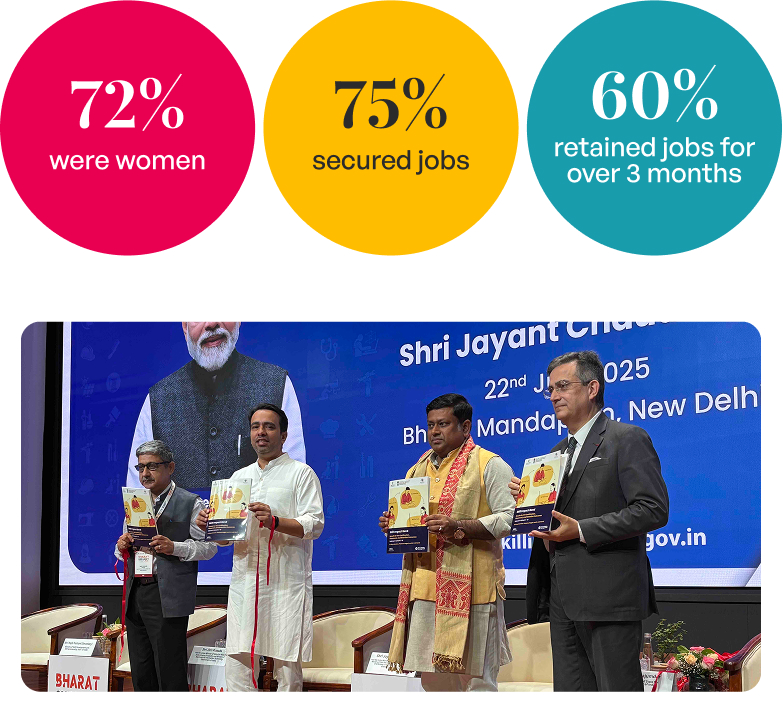
Photo credit: CIFF India
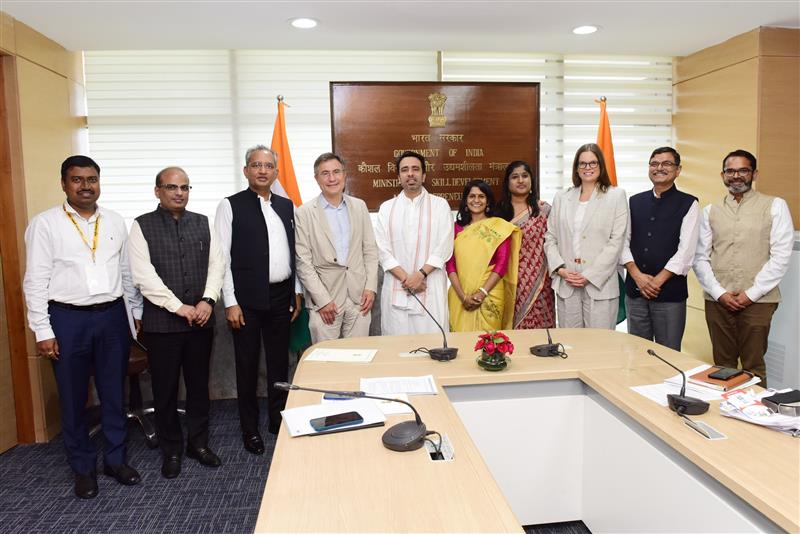
Photo credit: CIFF India
In recognition of its success, SIB was earlier highlighted as an innovation in the 2024 Indian Economic Survey Report. CIFF’s founder, Sir Chris Hohn, met with Hon'ble Minister Shri Jayant Chaudhary where they discussed SIB’s impact and the expansion of results-based financing with the government as an outcome funder.
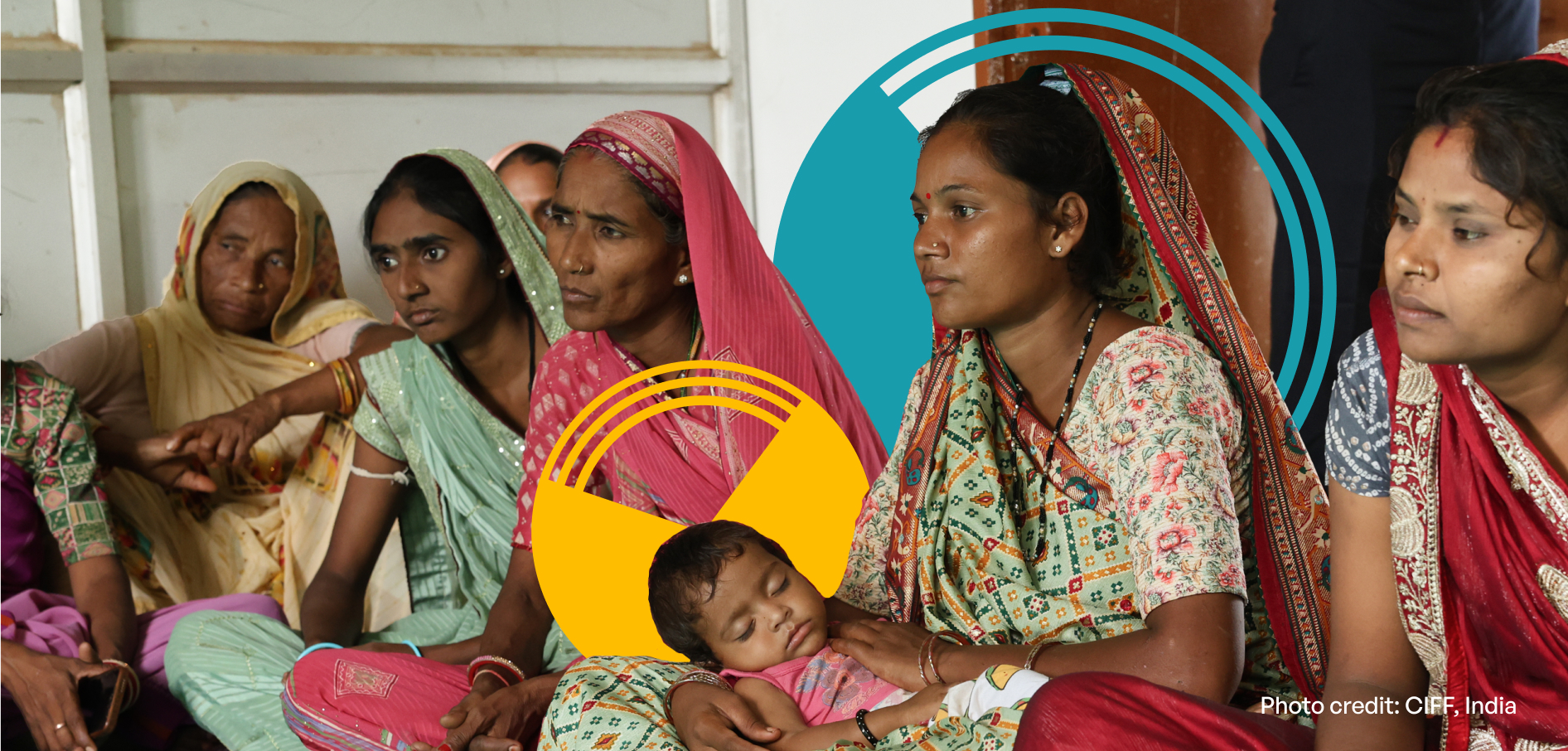
Low birth weight remains a critical health challenge, putting infants at higher risk of poor health and developmental outcomes. In 2024, two evidence-based solutions showed promising results in tackling this challenge: single-dose Intravenous (IV) iron therapy; and a programme combining cash transfers with nutrition counselling to enable pregnant women and breastfeeding mothers to eat more and to eat healthy.
A clinical trial in Rajasthan and Karnataka demonstrated that a single dose of IV iron reduced low birth weight in newborns by 13% compared to traditional oral supplements. It also proved significantly more effective in treating anemia: while over one third of women didn’t improve with oral supplements, just 18% showed no improvement with IV iron. The government of India officially approved the use of IV iron during pregnancy, thereby making it possible for a large number of pregnant women to access this evidence-based treatment for better health outcomes for themselves and their babies.


The government’s cash transfer programme has reached over 3 million pregnant and breastfeeding women in Rajasthan, enabling them to purchase nutritious meals.
An independent evaluation conducted in 2024 across four of Rajasthan’s most vulnerable districts found that, over a three-year period, cash transfers combined with social and behaviour change communications, led to a two-fold increase in weight gain during pregnancy and a 20% relative reduction in low birthweight cases. Based on these results, the initiative – now scaled up across the entire state – could potentially avert over 45,000 low birthweight cases each year.
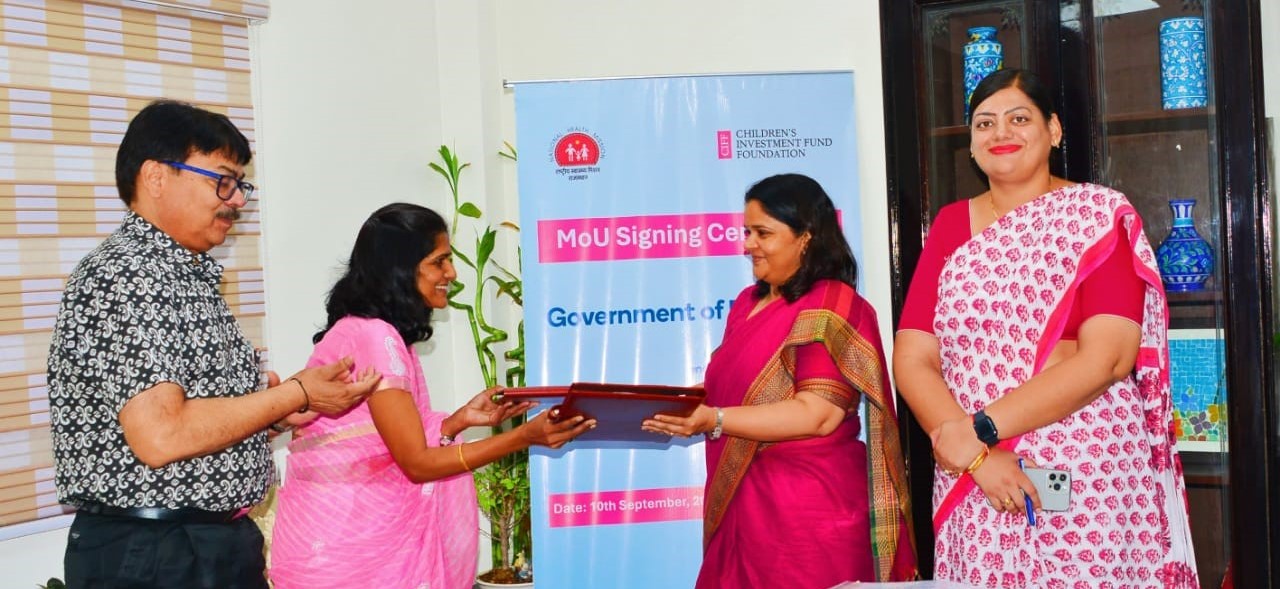
Evidence shows that climate-friendly growth could significantly boost India’s GDP. As the country strives to become a developed nation by 2047 and achieve net-zero emissions by 2070, it needs an average growth rate of 8.5% over the next two decades while transitioning key sectors – energy, industry, transport, and agriculture – toward cleaner alternatives.
Through the Sub-national Climate Resilient and Clean Growth Transition initiative, CIFF is adopting an ecosystem approach that brings together government, funders and local nonprofits to advance clean growth pathways. Initially focusing on six states that account for half of India’s GDP and emissions, this collaborative effort aims to balance economic development with environmental sustainability.
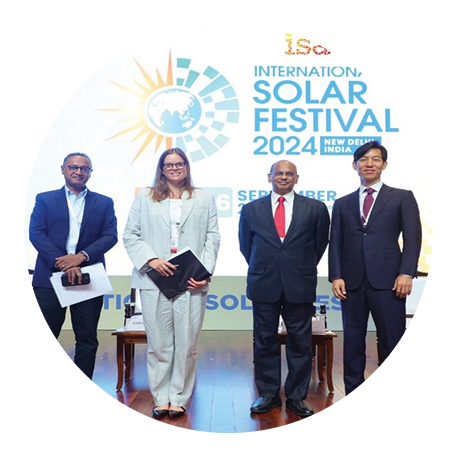

CIFF is also supporting the International Solar Alliance (ISA), with India leading the charge, alongside France, in driving global solar adoption. At home, India’s policies have been key to accelerating solar uptake, including the 2024 PM Surya Ghar Muft Bijli Yojana (Rooftop Solar Scheme), which allocates $8.7 billion to provide solar power to 10 million households.
In Uttar Pradesh, CIFF-supported efforts have driven widespread rooftop solar adoption, particularly in Varanasi, where nearly 40% of households have installed RTS systems – the highest in the state. India’s push for solar adoption reflects a broader wave of policy innovation driving the country’s clean energy transition – with renewable energy capacity doubling over the past decade and electric vehicle sales climbing from just 1% in 2020 to 8% in 2024.
The Indian philanthropic landscape grew by 10% in 2023-24 (compared to a 5% annual growth between 2018 and 2023), reaching $14.4 billion, with domestic philanthropy accounting for 81% of private giving. With the donor base expanding, Indian philanthropy can catalyse transformative change by supporting the Government in testing innovative solutions and preparing them for scale.
CIFF is deepening engagement with domestic donors and supporting the development of philanthropic infrastructure, such as the Collaboratives Resource Hub, that facilitates strategic partnerships between donors, implementors, and other ecosystem players in the development sector.

